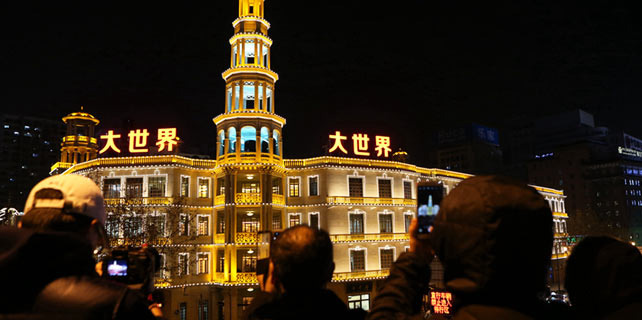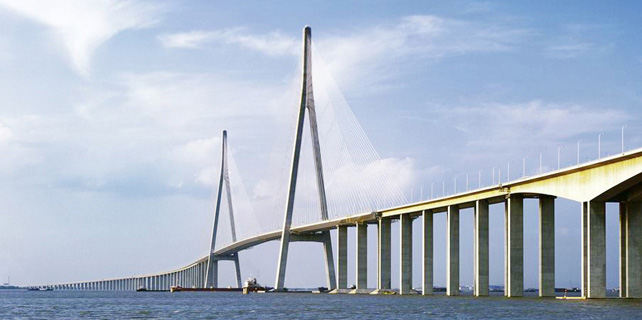Chinese investors lift previously desolate industrial city of Cleveland
Downtown Cleveland, Ohio, was once so desolate that a city councilman said on public radio that a bowling ball could be rolled down the main street without hitting anyone.
A decline in steel manufacturing jobs-formerly the economic bedrock of the once fourth-largest city in the United States-coincided with urban flight in the 1970s and 1980s, when middle-class residents left Cleveland for more spacious homes in nearby suburbs.
Home values in the city dropped as much as 90 percent in some neighborhoods during the years after the 2008 recession, according to The Cleveland Plain Dealer, and many areas still haven't recovered. From a population of 900,000 in 1950, the city now has about 385,000 residents.
But Cleveland has had a resurgence, so much so that it was the site for the Republican convention in July.
Cleveland has transitioned from a manufacturing center to a more service-based economy. Occupancy rates in apartment buildings have climbed more than 90 percent.
Real estate developers say the city's resurgence might not have happened if they had not received some timely assistance - money - that has come largely from Chinese immigrant investors and the EB-5 visa program.
EB-5 was created to stimulate the US economy through job creation and capital investment. It targets foreign investors who put at least $500,000 into a project that creates a minimum of 10 jobs in an economically depressed region. In return, the investors receive a two-year visa with a good chance of obtaining permanent residency for themselves and their families.
In 2014, the US issued more than 10,000 of the visas and about 85 percent went to applicants from China. This month, the Congress approved a measure to continue funding the program until April 2, 2017, when changes are expected to be made to the program.
The Cleveland International Fund is one of several regional centers in the US designated by US Customs and Immigration to direct EB-5 investments. Of the eight projects built at a total cost of $2.3 billion, the fund claims that foreign investors have provided more than $220 million, and of that amount, Chinese immigrants have been responsible for roughly 85 percent, according to Cleveland International Fund CEO Stephen Strnisha.
Strnisha said that EB-5 financing was a key element for an office building and hotel becoming a reality. That money went into not only the East Bank offices and hotel, but also into a $70 million renovation that created a 484-room Westin Hotel, two blocks from City Hall, he added.
















